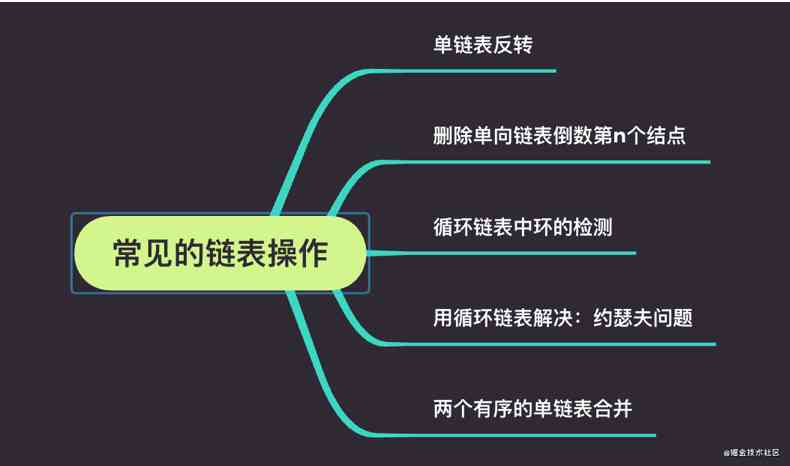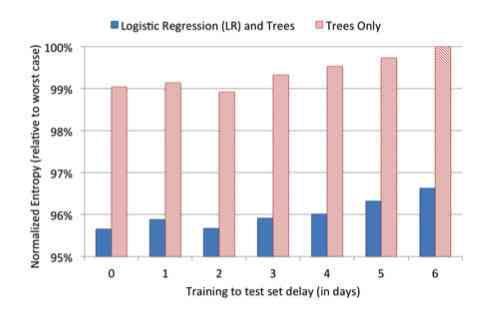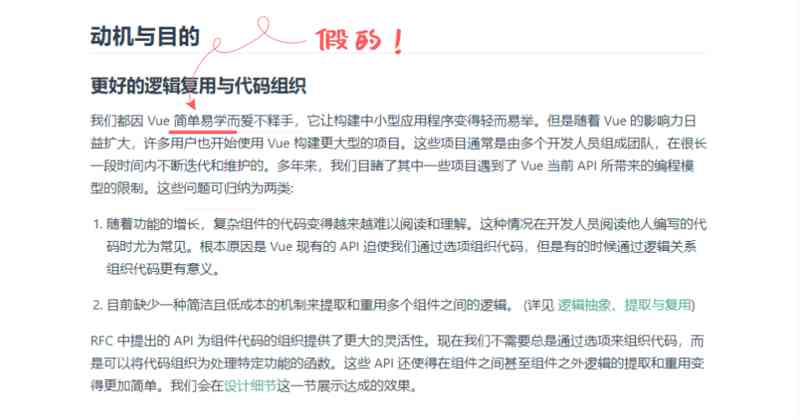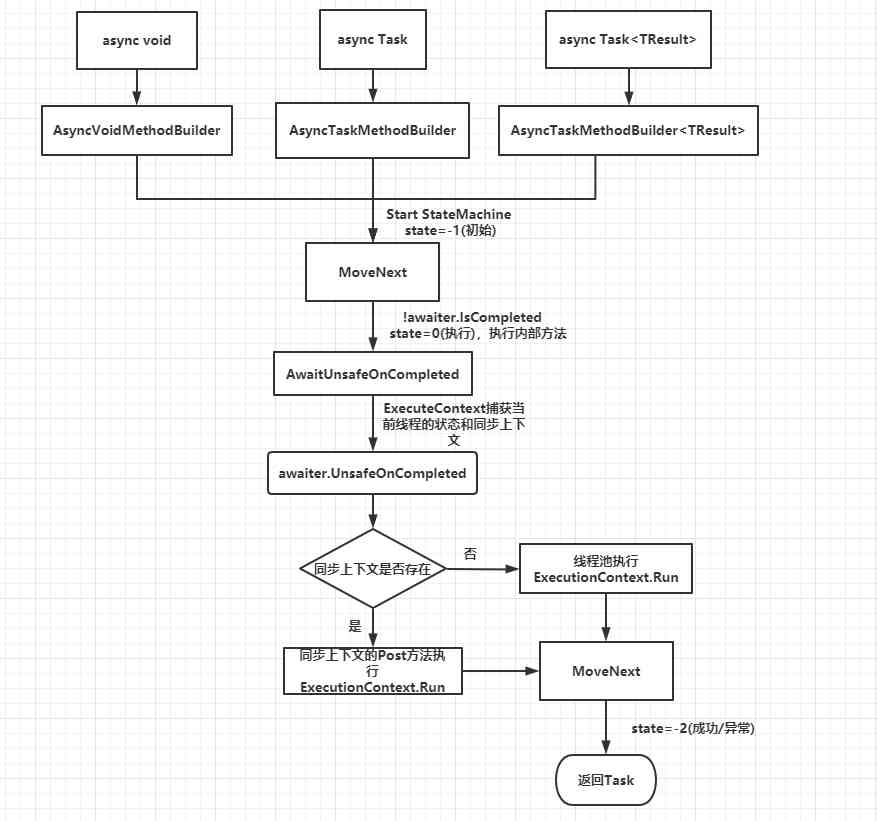
The complete code below , And test code can be obtained from here github
Delete the one-way list from the bottom n Nodes
Method 1 : Fast and slow pointer method
Ideas
Delete the last N Nodes , Suppose you look at it in reverse , To delete the N Nodes . that , A pointing head node ( The head node is also a data node ) The pointer moves forward N-1 After nodes , That's the point N Nodes
Now let's take a look at deleting the last one N Nodes , Suppose there are two pointers ( Quick pointer fastPtr、 Slow pointer lowPtr) All points to the head node , Quick pointer fastPtr Traverse backward N-1 After nodes , Slow pointer and fast pointer start traversing backward together , When the fast pointer reaches the last node , Where the slow pointer points , It's the last N The location of the nodes 
Code implementation
func (list *List) DelLastNNode1(lastN int) {
if lastN > list.Length() || lastN <= 0 {
fmt.Println(" The position of the node to be deleted is illegal ")
return
}
// Delete tail node
if lastN == 1 {
list.RemoveLastNode()
return
}
// Delete header node
if lastN == list.Length() {
// Delete chain header node
list.headNode = list.headNode.Next
return
}
lowNode := list.headNode
fastNode := list.headNode
prevNode := list.headNode
fastStep := lastN-1
for fastNode.Next != nil {
if fastStep > 0 {
fastNode = fastNode.Next
fastStep--
continue
}
fastNode = fastNode.Next
prevNode = lowNode
lowNode = lowNode.Next
}
prevNode.Next = lowNode.Next
}Method 2 : The relationship between node position and node number
Ideas
I don't know how to delete the last one N Nodes , Just try to find out which one it is . therefore , The key is through the length of the list and N To find the bottom of N Which node is a positive number , It can be seen from observation that , Last but not least N A node is a positive number length-N+1 Nodes ,length Is the length of the list
Code implementation
func (list *List) DelLastNNode2(lastN int) {
if lastN > list.Length() || lastN <= 0{
fmt.Println(" The position of the node to be deleted is illegal ")
return
}
length := list.Length()
position := length-lastN+1
if position == 1 {
// Delete chain header node
list.headNode = list.headNode.Next
} else if position == length {
// Delete the end node of the linked list
list.RemoveLastNode()
} else {
// Delete the node at the specified position in the linked list
list.RemovePosition(position)
}
}explain : Delete single chain header node 、 Caudal node 、 Node implementation at the specified location , You can refer to my This article , Or here
https://github.com/Rain-Life/data-struct-by-goMerge two ordered single linked lists
So is the question LeetCode Upper part 21 topic
Method 1 : Conventional methods
Ideas
The conventional idea is , Create a new list , Then traverse the two linked lists to be merged , Compare the size of the two node values traversed , Suppose you want to merge the linked list in descending order , The node with smaller value is inserted into the new linked list , And the value of the small node backward traversal a bit , The node with higher value remains unchanged , Then continue to compare , Repeat the above steps , Pictured ( Be careful : To show the process , The following figure does not consider whether the linked list is empty )
Code implementation
func (list *List) MergeLinkedList(list1 List, list2 List) {
if list1.HeadNode == nil && list2.HeadNode == nil {
fmt.Println(" Both linked lists are empty ")
return
} else if list1.HeadNode == nil {
list.HeadNode = list2.HeadNode
return
} else if list2.HeadNode == nil {
list.HeadNode = list1.HeadNode
return
}
curr1 := list1.HeadNode
curr2 := list2.HeadNode
if curr1.Data.(int) < curr2.Data.(int) {
list.HeadNode = curr1
curr1 = curr1.Next
} else {
list.HeadNode = curr2
curr2 = curr2.Next
}
newHead := list.HeadNode
currNew := newHead
for curr1 != nil && curr2 != nil {
if curr1.Data.(int) < curr2.Data.(int) {
currNew.Next = curr1
curr1 = curr1.Next
} else {
currNew.Next = curr2
curr2 = curr2.Next
}
currNew = currNew.Next
}
if curr1 == nil {
currNew.Next = curr2
}
if curr2 == nil {
currNew.Next = curr1
}
}Method 2 : recursive
Ideas
The above conventional solution is realized by recursion , It's mainly the termination condition of recursion
Code implementation
func RecursionMergeList(head1 *Node, head2 *Node) *Node {
newNode := &Node{}
if head1 == nil {
return head2
} else if head2 == nil {
return head1
} else {
if head1.Data.(int) < head2.Data.(int) {
newNode = head1
newNode.Next = RecursionMergeList(head1.Next, head2)
} else {
newNode = head2
newNode.Next = RecursionMergeList(head1, head2.Next)
}
return newNode
}
}


